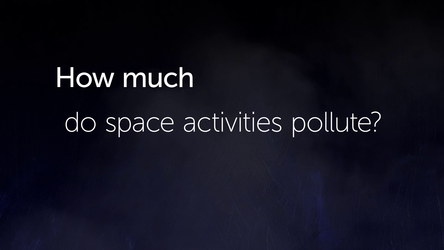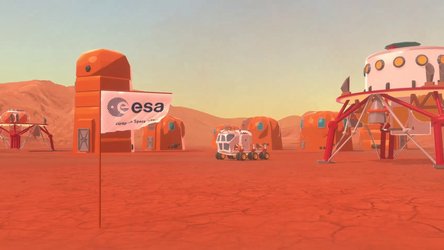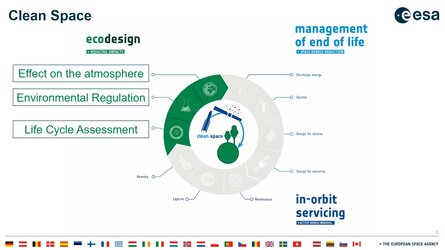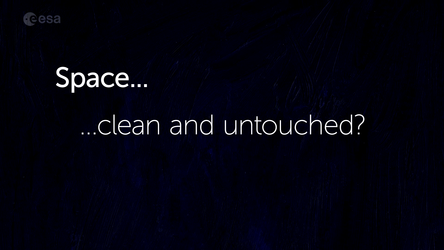Accept all cookies Accept only essential cookies See our Cookie Notice

About ESA
The European Space Agency (ESA) is Europe’s gateway to space. Its mission is to shape the development of Europe’s space capability and ensure that investment in space continues to deliver benefits to the citizens of Europe and the world.
Highlights
ESA - United space in Europe
This is ESA ESA facts Member States & Cooperating States Funding Director General Top management For Member State Delegations European vision European Space Policy ESA & EU Space Councils Responsibility & Sustainability Annual Report Calendar of meetings Corporate newsEstablishments & sites
ESA Headquarters ESA ESTEC ESA ESOC ESA ESRIN ESA EAC ESA ESAC Europe's Spaceport ESA ESEC ESA ECSAT Brussels Office Washington OfficeWorking with ESA
Business with ESA ESA Commercialisation Gateway Law at ESA Careers Cyber resilience at ESA IT at ESA Newsroom Partnerships Merchandising Licence Education Open Space Innovation Platform Integrity and Reporting Administrative Tribunal Health and SafetyMore about ESA
History ESA Historical Archives Exhibitions Publications Art & Culture ESA Merchandise Kids Diversity ESA Brand CentreLatest
Space in Member States
Find out more about space activities in our 23 Member States, and understand how ESA works together with their national agencies, institutions and organisations.
Science & Exploration
Exploring our Solar System and unlocking the secrets of the Universe
Go to topicAstronauts
Missions
Juice Euclid Webb Solar Orbiter BepiColombo Gaia ExoMars Cheops Exoplanet missions More missionsActivities
International Space Station Orion service module Gateway Concordia Caves & Pangaea BenefitsLatest
Space Safety
Protecting life and infrastructure on Earth and in orbit
Go to topicAsteroids
Asteroids and Planetary Defence Asteroid danger explained Flyeye telescope: asteroid detection Hera mission: asteroid deflection Near-Earth Object Coordination CentreSpace junk
About space debris Space debris by the numbers Space Environment Report In space refuelling, refurbishing and removingSafety from space
Clean Space ecodesign Zero Debris Technologies Space for Earth Supporting Sustainable DevelopmentLatest
Applications
Using space to benefit citizens and meet future challenges on Earth
Go to topicObserving the Earth
Observing the Earth Future EO Copernicus Meteorology Space for our climate Satellite missionsCommercialisation
ESA Commercialisation Gateway Open Space Innovation Platform Business Incubation ESA Space SolutionsLatest
Enabling & Support
Making space accessible and developing the technologies for the future
Go to topicBuilding missions
Space Engineering and Technology Test centre Laboratories Concurrent Design Facility Preparing for the future Shaping the Future Discovery and Preparation Advanced Concepts TeamSpace transportation
Space Transportation Ariane Vega Space Rider Future space transportation Boost! Europe's Spaceport Launches from Europe's Spaceport from 2012Latest

Clean Space board game
Thank you for liking
You have already liked this page, you can only like it once!
It might not look like a training exercise: space engineers sitting around a meeting table, throwing down cards on a board game. But they are busily learning about the hidden environmental costs of space missions.
ESA’s Clean Space initiative – tasked with reducing the environmental footprints of the space industry both on Earth and in orbit – includes a dedicated ‘ecodesign’ element. As part of this effort, this new board game was created by the Quantis company.
Terrestrial industry uses the ‘life cycle assessment’ method to assess the environmental impacts across a product’s entire life. Now it is being harnessed for space projects, too.
“The aim was to find a more effective way of communicating the concept, as opposed to paper reports or online presentations,” explains Rainer Zah of Quantis.
“This is an interactive game that can be played in groups, encouraging discussion and tackling the sometimes abstract issues involved in a tangible way. It’s also fun!”
At the start, the players are presented with a board showing a mission’s complete life,from initial planning to design and manufacture of the satellite and its launcher, the launch campaign and mission operations, concluding with its end-of-life and disposal.
The group is handed cards marked with differing sources of environmental impacts, such as air, road, rail or sea transport, office electricity use or material manufacturing, applying their knowledge to place these cards at the life cycle stages, or remove them entirely if they are judged irrelevant.
Next, they are given a set of tokens representing the impacts themselves, spanning a trio of classes: Global Warming Potential, Resource Depletion and Human Toxicity. The players have to assign these impacts around the life cycle in turn.
“At the end of the game, the board will represent the group’s combined understanding and best guesses of impacts arising along a space mission’s life,” explains Julian Austin of Clean Space.
“Then comes the moment when the group is shown the actual results – based on the detailed research we have already performed across the sector. Comparing their perceptions with the facts helps demonstrate principles in a clear and obvious way, leading in turn to brainstorming of ways to make space missions less damaging in future.”
The game is being used by ESA as part of internal ecodesign training sessions, set to be extended to industry in future.
-
CREDIT
ESA– J. Delaval -
LICENCE
ESA Standard Licence

Clean Space: how much do space activities pollute?

Expedition 17 crewmember Greg Chamitoff plays a game…

Scene from Mars Horizon digital strategy game

Ecodesign training | UN-UNOOSA Austria Symposium 2022















 Germany
Germany
 Austria
Austria
 Belgium
Belgium
 Denmark
Denmark
 Spain
Spain
 Estonia
Estonia
 Finland
Finland
 France
France
 Greece
Greece
 Hungary
Hungary
 Ireland
Ireland
 Italy
Italy
 Luxembourg
Luxembourg
 Norway
Norway
 The Netherlands
The Netherlands
 Poland
Poland
 Portugal
Portugal
 Czechia
Czechia
 Romania
Romania
 United Kingdom
United Kingdom
 Slovenia
Slovenia
 Sweden
Sweden
 Switzerland
Switzerland
























